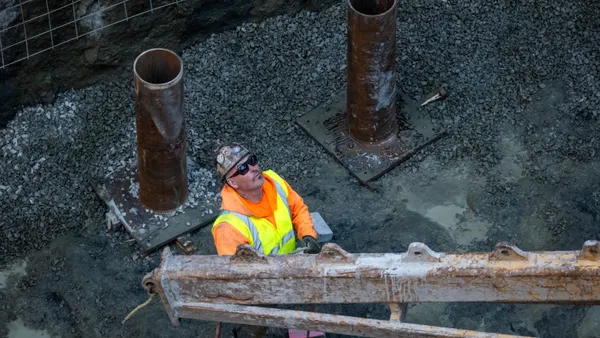Dive Brief:
-
Bismarck, ND, leads U.S. cities ideal for middle-income earners, HousingWire reported, citing a SmartAsset study of cities best-suited for Americans making $55,000 annually, taking into account the markets' lifestyle amenities, commute times, unemployment rates and housing costs.
-
In North Dakota’s capital city, housing costs take an 18.6% share of income, and it has a 2.1% unemployment rate. Workers there commute 16.7 minutes, on average. Billings, MT, came in second, with a 20.6% housing-to-income percentage, 3.9% unemployment and a 17.5-minute average commute.
-
Rounding out the list’s top five are Sioux Falls, SD; Santa Fe, NM; and Boise, ID.
Dive Insight:
Tight inventory and rising housing prices are making it difficult for middle-income buyers to afford a home in some of the country’s largest cities, particularly on the East and West coasts.
A widening gap between median household income and home-price growth (1.6% versus 26%, respectively, since 2012) has led to a decline in housing affordability for the middle class, according to Redfin. While median-income households in the 30-largest metros could afford 44% of for-sale homes there in 2012, they could afford just 32% in 2016.
The problem is especially acute for minority buyers, Redfin noted in a separate report, with just 18% and 14% of homes in those metros affordable for median-income Hispanic and African-American buyers, respectively. That’s an 11-percentage-point decline for both groups from 2012.
And in certain markets, finding affordable housing is nearly impossible for prospective middle-income buyers. In the San Francisco Bay Area, middle-income earners are losing out to the influx of tech workers. Seattle is facing a similar problem. Even Midwestern markets are feeling the squeeze.
Smaller markets, like those on SmartAsset’s list, may be a solution for middle-income families struggling to find housing. Both Bismarck and Billings, for example, were ranked among the most-stable housing markets by SmartAsset last year, based on home-price growth compared to the likelihood of decline within a decade of purchase.
Though North Dakota is ranked the 10th-last among U.S. states based on GDP, due in large part to oil and agriculture price declines, the state has one of the lowest unemployment and poverty rates in the country.












